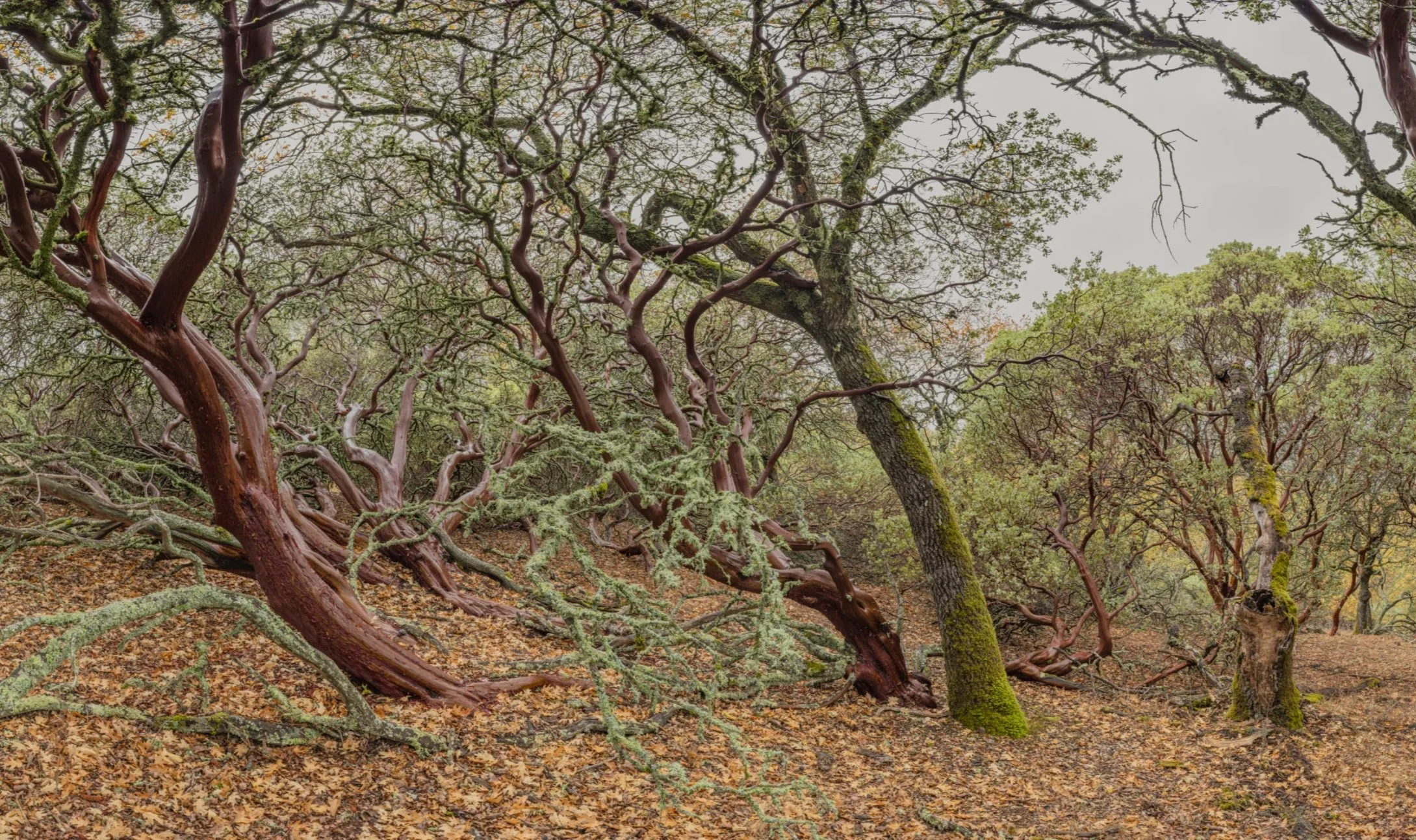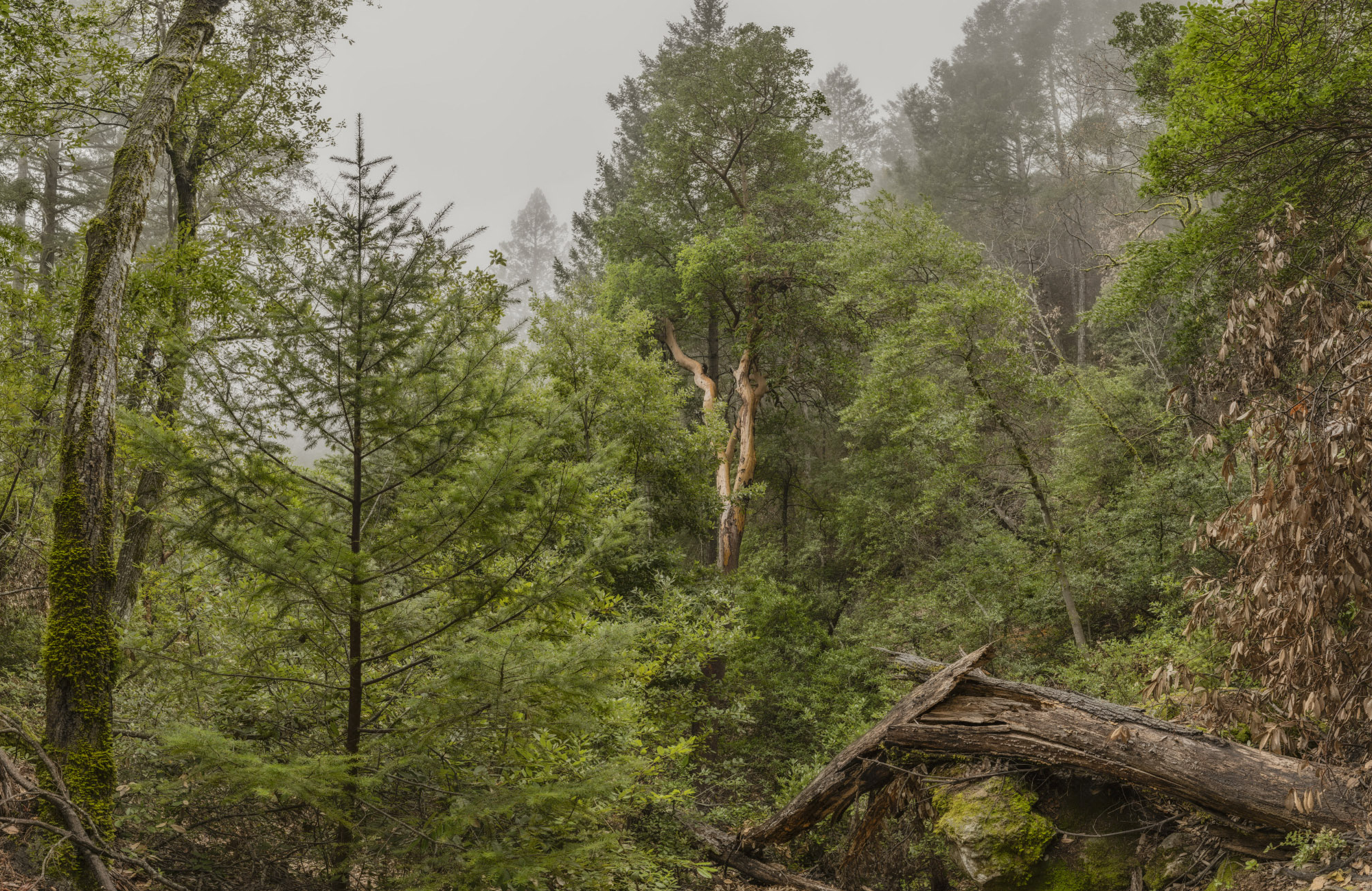CALIFORNIA FOREST PROJECT
A pioneering and comprehensive photographic survey of California’s unique and diverse forest ecologies.
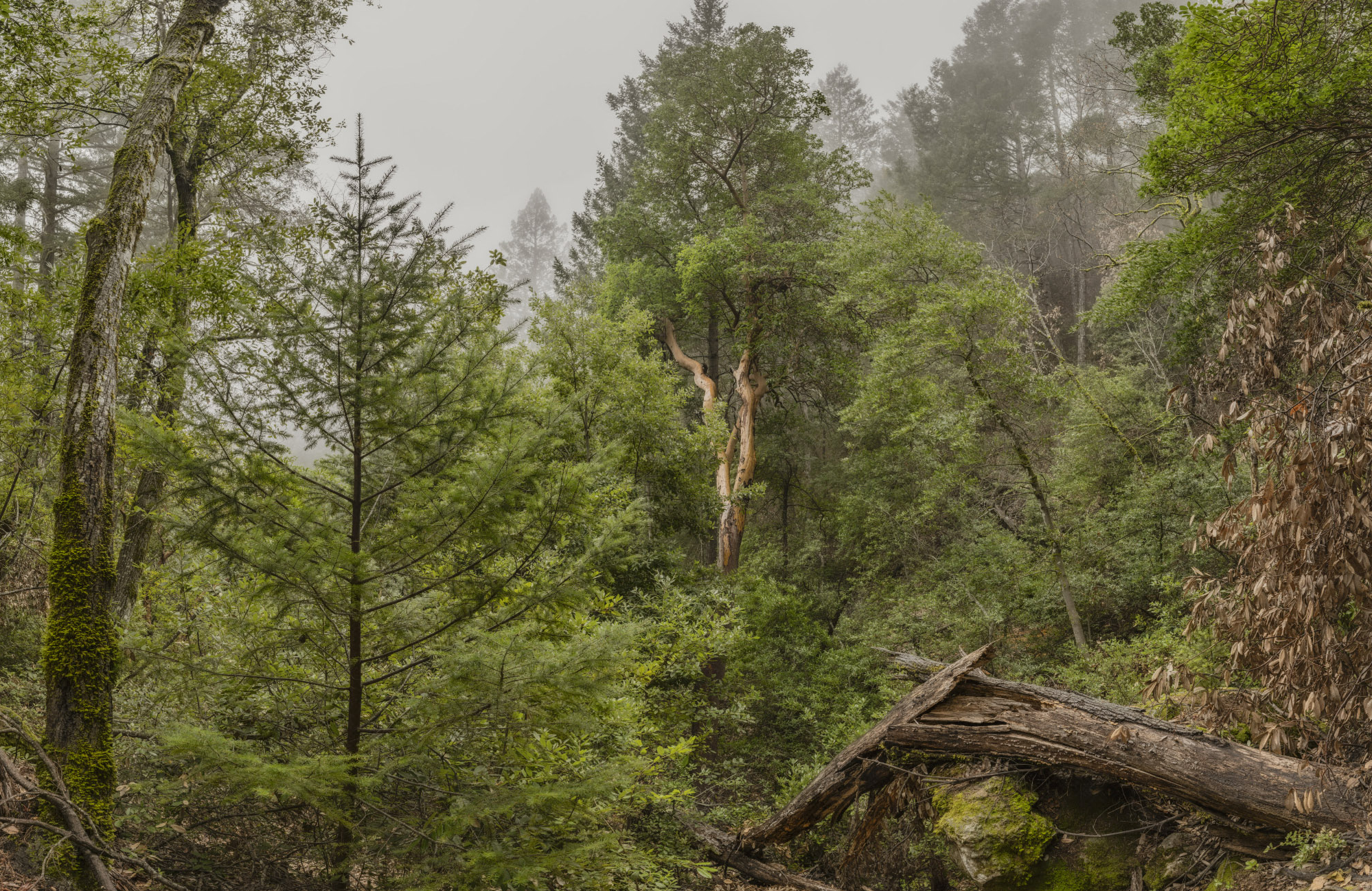
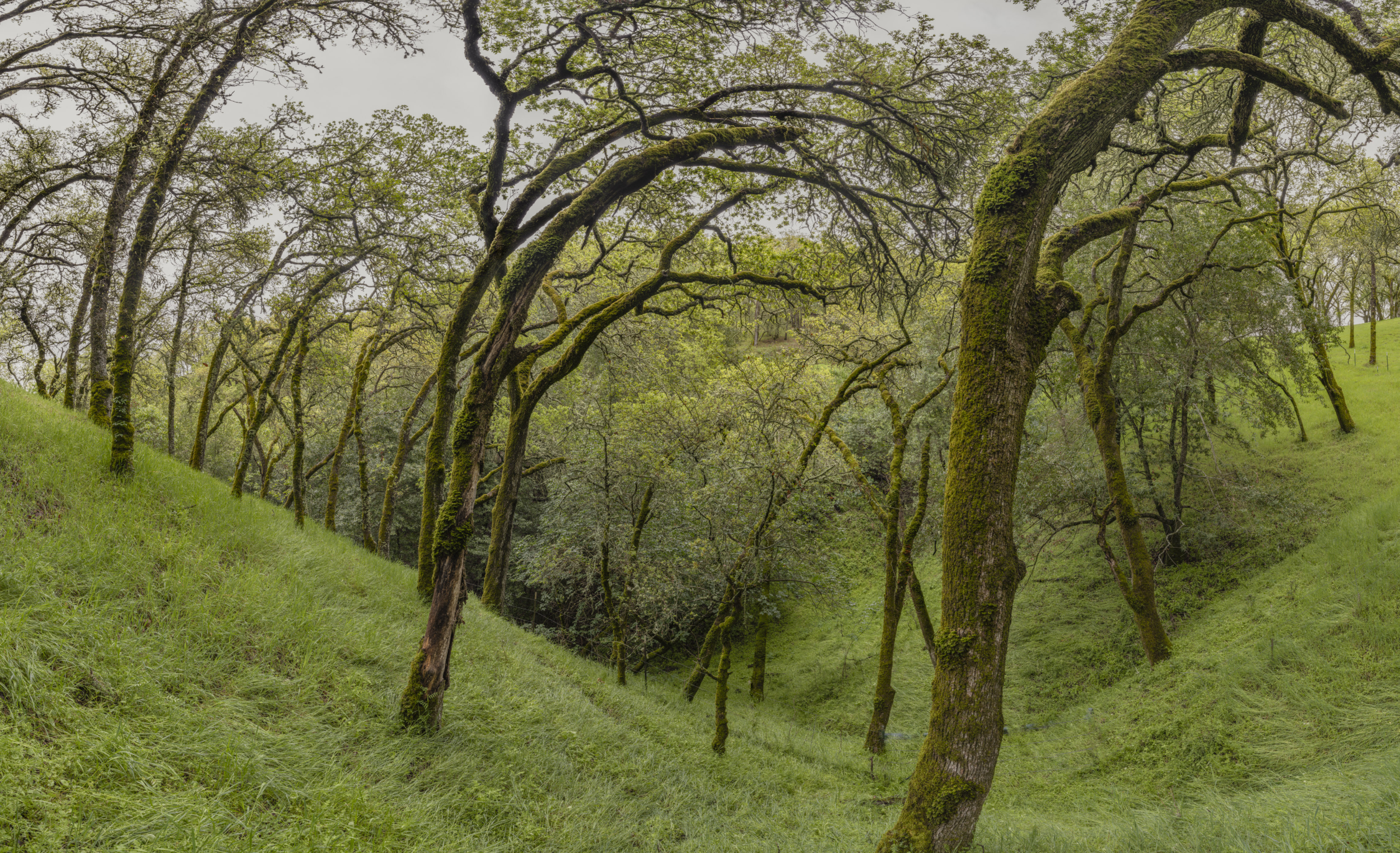
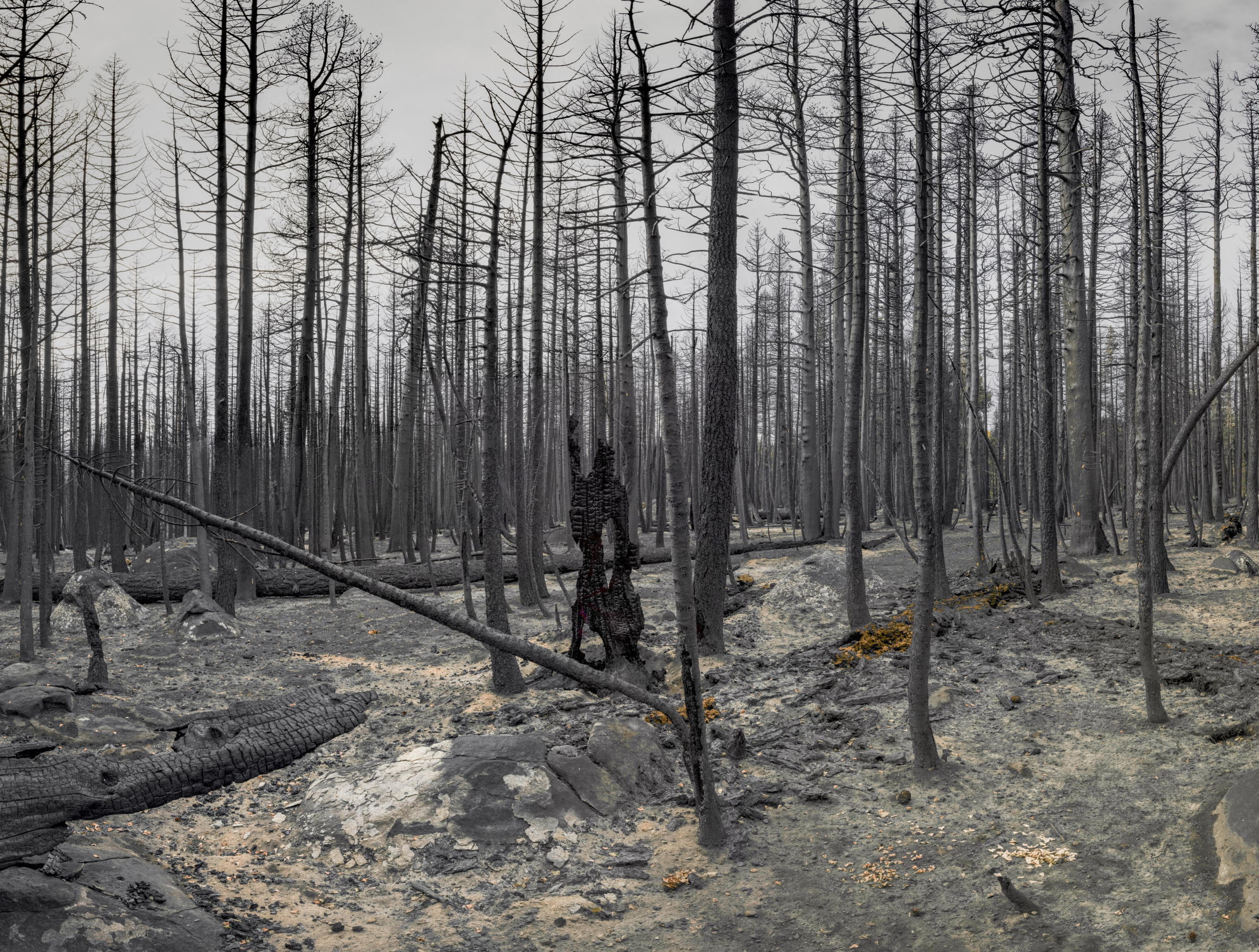
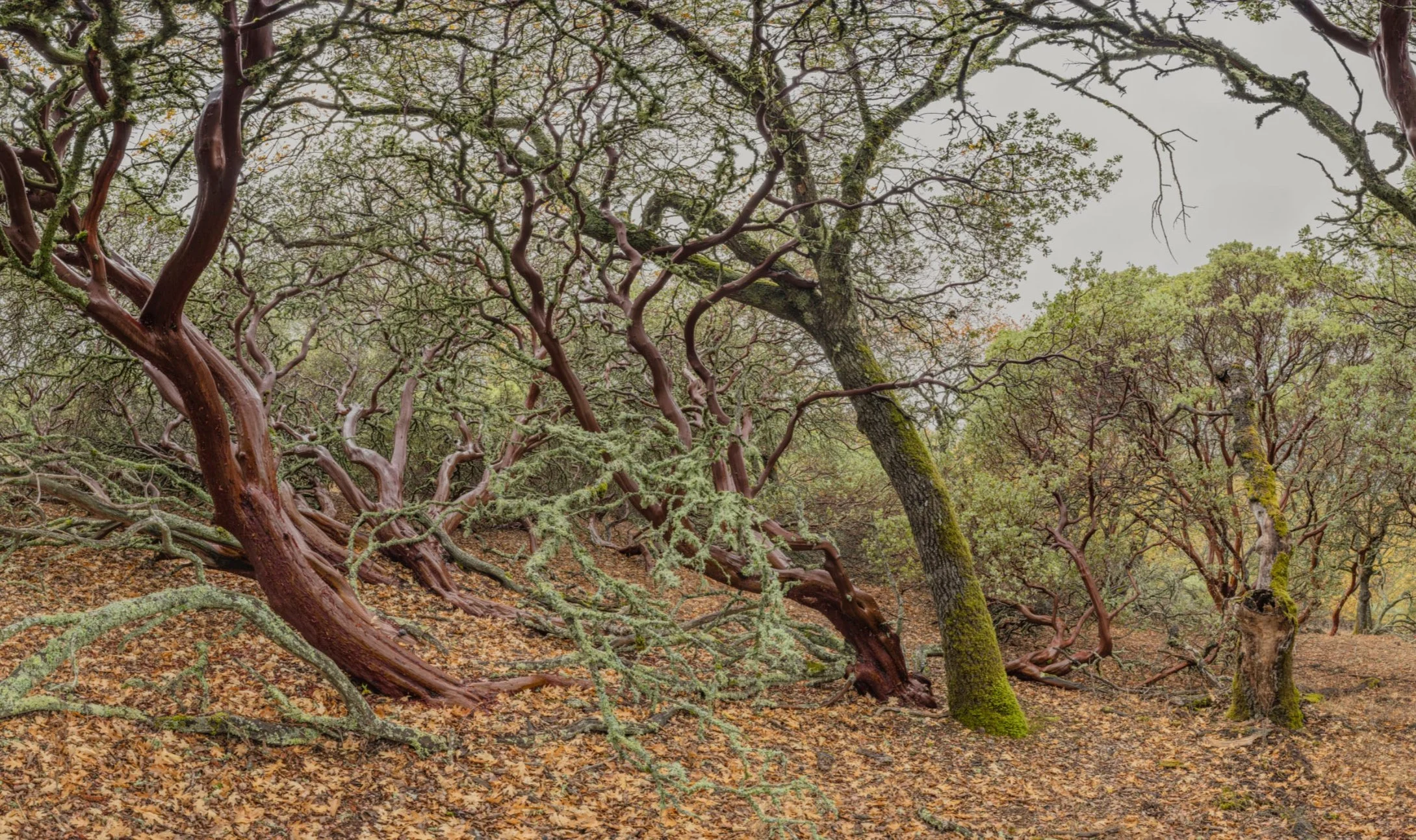
Objective:
The California Forest Project, founded and created by photographer Stefan Thuilot, seeks to raise public awareness of California's distinct and abundant forest biodiversity through large format, high-resolution photography. The Project is a series of tens of thousands of photographs I have taken from 2017 to the present , highlighting all 25 California forest ecosystems.
These images capture a record of Heritage forests with minimal alterations and forests that have been influenced by global warming and human activities throughout the state.
I believe that photography stands as a potent tool to portray the changing landscapes that threaten its legacy.
Process:
Through the innovative application of cutting-edge photographic technology, I methodically capture the multifaceted spectrum of forest environments and ecologies that make up California's extraordinary landscapes. These expansive photographs envelop viewers in the magnificence of forest vistas, invoking a sense of the sublime.
The extraordinary level of details of these photos mirrors the intricate complexity inherent in these forests. My goal is to encourage viewers to engage in contemplation at a leisurely pace and to direct their attention towards the less conspicuous elements that are often easily missed.
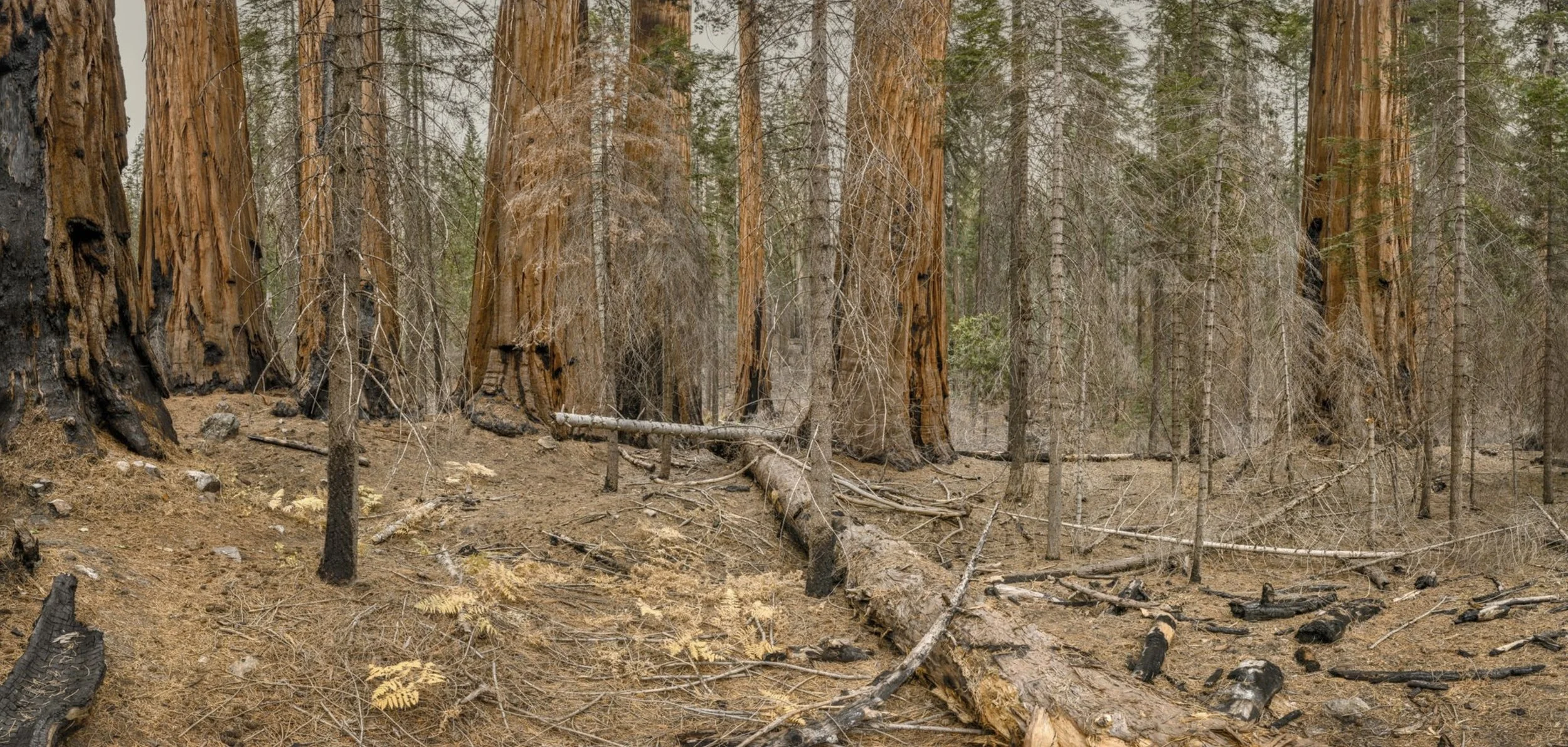
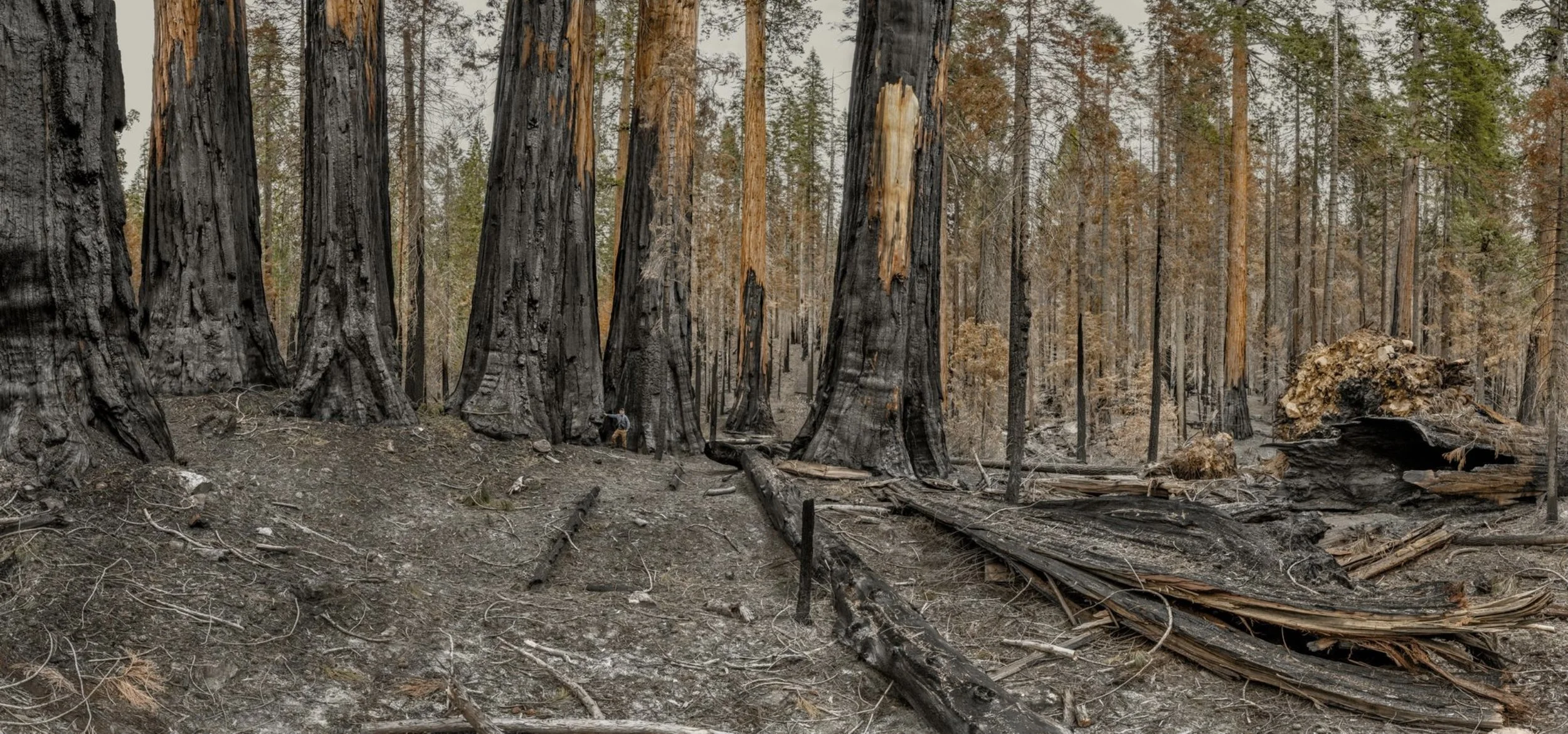
Repeat photography of a major Sequoia Grove in Redwood Canyon, Kings Canyon National Park. 2018-2021
LOCATIONS OF SPECIAL INTEREST
The project entails all forest regions of California, and the above study areas are only a selection of the work.




